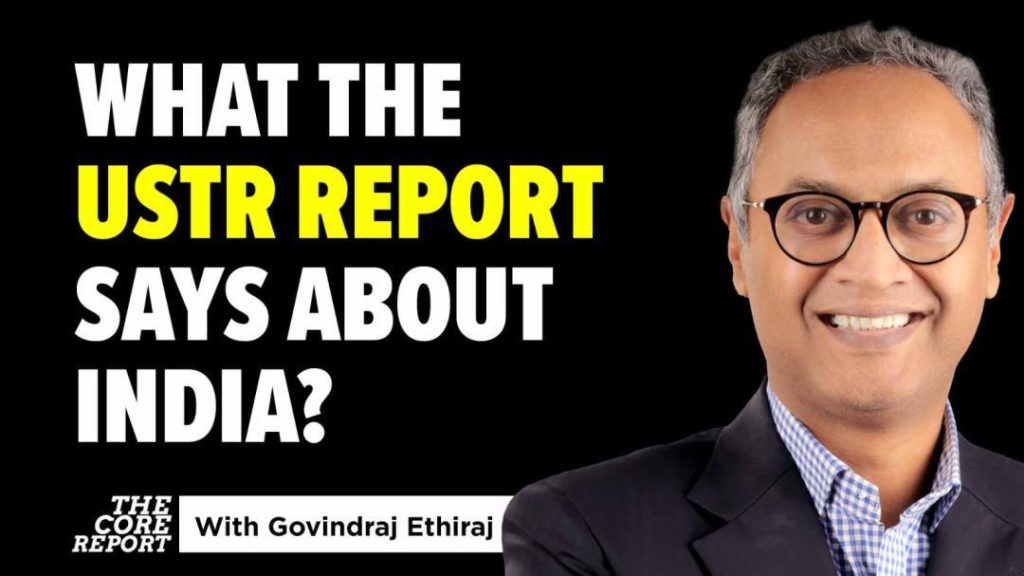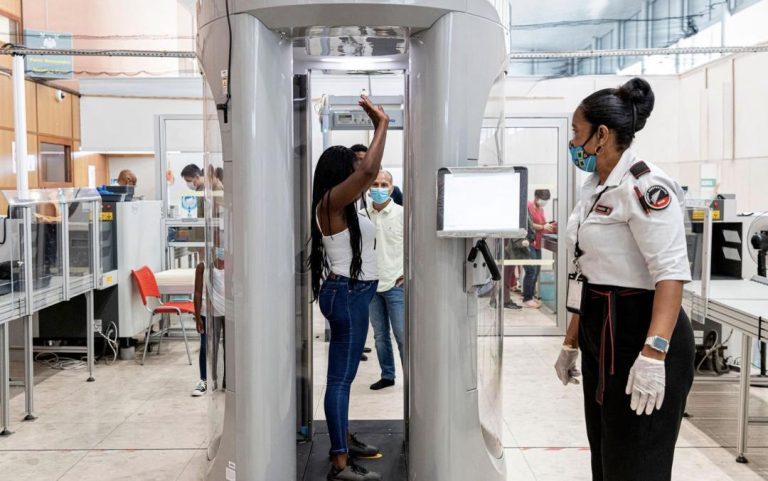
India-US Tariff War: USTR Report Ups the Stakes in 2025
The 2025 United States Trade Representative (USTR) report has sent shockwaves through the global trade landscape, particularly in New Delhi. The report sharply outlines US concerns with India, from high agricultural tariffs to weak intellectual property (IP) laws. As a result, India has been placed on the “Priority Watch List,” a designation that carries renewed pressure amid shifting global trade dynamics. While India has made key concessions in recent years, the gap between US demands and India’s stance may prove costly.
The USTR report comes at a critical juncture in the India-US trade relationship. The two nations have been engaged in a tariff war for several years, with each side imposing duties on the other’s goods. The US has been pushing India to reduce its high tariffs on agricultural products, such as poultry and dairy, while India has been seeking greater market access for its own agricultural products in the US.
The report highlights several key areas of concern for the US, including:
- High agricultural tariffs: The US is demanding that India reduce its tariffs on agricultural products, which range from 30% to 300%. The US argues that these tariffs are unfair and are hurting American farmers and exporters.
- Weak IP laws: The US is seeking stronger IP laws in India to protect American companies’ intellectual property. India’s weak IP laws have been a major concern for the US, as they allow for widespread counterfeiting and piracy of American products.
- Limited market access: The US is seeking greater market access for its goods in India, particularly in the areas of textiles, pharmaceuticals, and automotive products.
India, on the other hand, has its own set of concerns, including:
- US tariffs on steel and aluminum: India has been seeking relief from the US tariffs on steel and aluminum, which were imposed in 2018.
- Market access for Indian goods: India wants greater market access for its goods in the US, particularly in the areas of textiles, pharmaceuticals, and automotive products.
- Protection of Indian IP: India is seeking greater protection for its own intellectual property, particularly in the areas of pharmaceuticals and biotechnology.
Despite the challenges, both sides have made some progress in recent years. In 2020, the US and India signed a limited trade agreement, known as the US-India Trade Policy Forum, which aimed to boost bilateral trade and investment. India has also made some concessions on IP issues, including the introduction of new IP laws and the establishment of a specialized IP tribunal.
However, the gap between US demands and India’s stance remains significant. The US is seeking deep reforms in India’s IP laws, while India is resisting pressure to make major changes. The US is also seeking greater market access for its goods, while India is seeking greater protection for its own industries.
The stakes are high for both sides. The US is India’s largest trading partner, and any escalation of the tariff war could have significant economic implications for both countries. India, on the other hand, is seeking to become a major player in the global economy, and any failure to address US concerns could undermine its efforts.
In conclusion, the 2025 USTR report has marked a pivotal moment in the evolving tariff standoff between the US and India. While both sides have made some progress, the gap between US demands and India’s stance remains significant. The outcome of this dispute will have far-reaching implications for both countries and the global economy.
Source:




